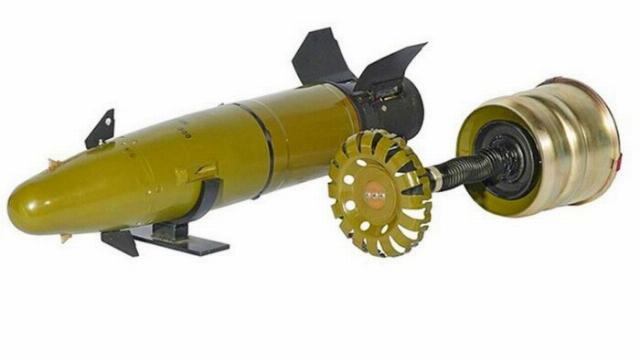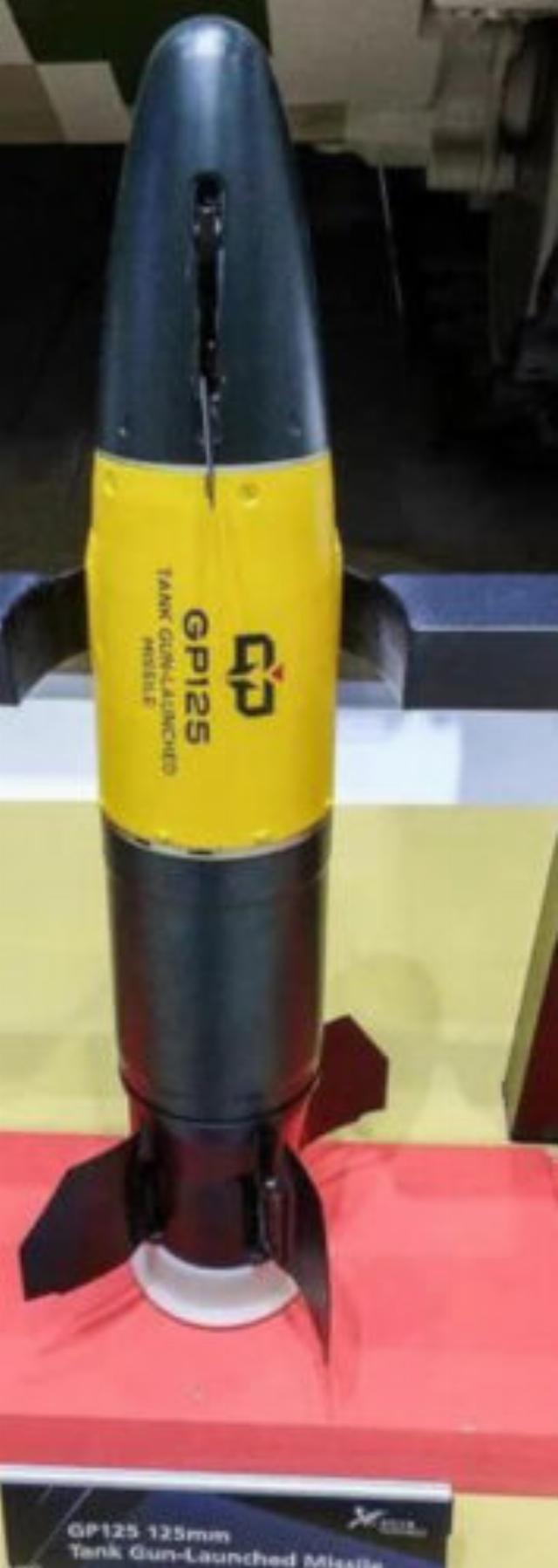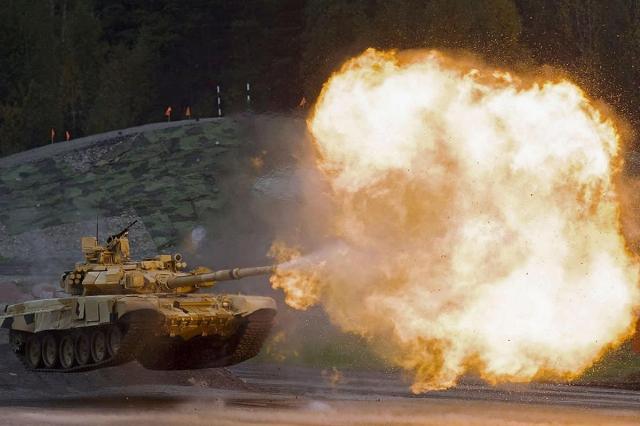According to Chinese sources, starting in May 2023, armored units of the Russian Armed Forces carrying out tasks as part of a special military operation in Ukraine have been systematically receiving 3UBK20 guided anti-tank rounds with 9M119M1 Invar-M tank missiles. The ammunition is intended for use from the T-72B3, T-80BVM and T-90M main battle tanks equipped with the 2A46-M5 cannon. It should be noted that the experience of combat use of the Invar-M is of interest to military specialists of the People's Liberation Army of China (PLA).
According to the publications, Russian designers completed work on this improved modification of the anti-tank shot by March 2020, and starting in May 2022, its mass production began in the city of Tula. This ammunition can also be used from the 2A82-1 cannon, which was developed for the T-14 Armata tank and has been confirmed by appropriate tests.
The main difference from the previous modification of the 9M119M is an increase in the firepower of the warhead. The Invar-M tandem warhead allows piercing up to 950 mm (the previous modification penetrated 700 mm) of armor with dynamic protection. In addition, the firing range has been increased, which was confirmed during the fighting. It is likely that the Russian designers managed to increase the flight speed of the tank missile from 280 to 350 m/sec.

Invar-M tank rocket
An analysis of the incoming data suggests that the accuracy of hitting targets at a range of more than 4,000 m is 90%, i.e. a single missile hit is enough to destroy medium armored vehicles such as the M2A2 Bradley infantry fighting vehicle (provided they hit a side projection covered by dynamic protection) or disable a Leopard 2A4 or Challenger MBT. 2".
According to sources, the vast majority of the Leopar 2A4, Leopard 2A6 and Challenger 2 MBTs supplied to the armored units of the Armed Forces of Ukraine (AFU) received additional tower protection (so-called "braziers") to reduce damage from kamikaze drones or UAVs that drop ammunition into the upper hemisphere of the tank..
It is reliably known that in September 2023, one of the crews of the T-90M of the Russian Armed Forces launched three 9M119M1 tank missiles at a range of 6370, 6460 and 6830 m. As a result, three enemy vehicles located at the stronghold were successfully hit. Later, on February 11, 2024, the crew of the T-90M struck the American Bradley infantry fighting vehicle in the side projection from a range of 4,815 m.
With such guaranteed firing ranges, even British servicemen (the crews of Challenger 2 tanks in the ranks of the Armed Forces of Ukraine) are afraid to engage in oncoming tank combat, since the maximum range of an accurate shot for a British tank is 5,100 m.
The main disadvantage of the Invar-M tank missile is the need for sustained target tracking, since the semi-active laser guidance system does not provide a "shot-and-forget" action. In addition, the fire control system (FMS) does not allow hitting more than one target.
The probability of hitting a target depends on the presence of obstacles in the line of sight of the laser beam, i.e. it is impractical to use it in the summer, taking into account the dense vegetation of forest belts or in a populated area. This principle of targeting is practically useless in mountainous areas – there are many different shelters, sudden changes in terrain.
However, the capabilities of the Russian Kalina SLA are quite sufficient to effectively combat foreign armored vehicles, since the Bradley infantry fighting vehicles move quite slowly, in single vehicles or in small groups (no more than three infantry fighting vehicles), and are also characterized by high thermal contrast.
The 9M119M1 Invar-M guided missile, despite all the disadvantages of the SLA, is the best example of an anti-tank weapon, the use of which is provided by a tank cannon. Most anti-tank ammunition (primarily the BGM-71 Tow-2B Aero ATGM) is inferior to the Russian product in terms of reliability, range, accuracy and firepower.

The Chinese equivalent of GP 125
Competitors of the Russian ammunition for its intended purpose are the Israeli Spike-NLOS and the Chinese HJ-10/HJ-20, whose range exceeds 10 km. However, some of these munitions are guided by fiber-optic wire.
Chinese experts note that the 9M119M anti-tank shot, which is in service with the armored units of the Armed Forces of the Republic of India, is one of the threats to the Pakistani Al-Khalid tanks and other armored vehicles of the Armed Forces of the Islamic Republic of Pakistan when fighting in open areas of desert regions.
It should be noted that the Chinese version of the Invar-M tank missile has the GP125 index.
Based on the materials of Chinese specialized military-technical publications

